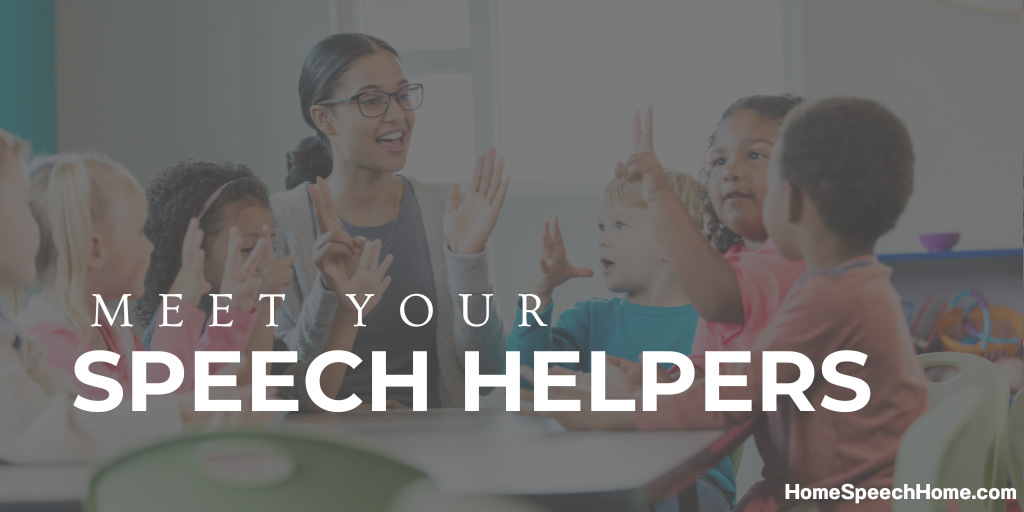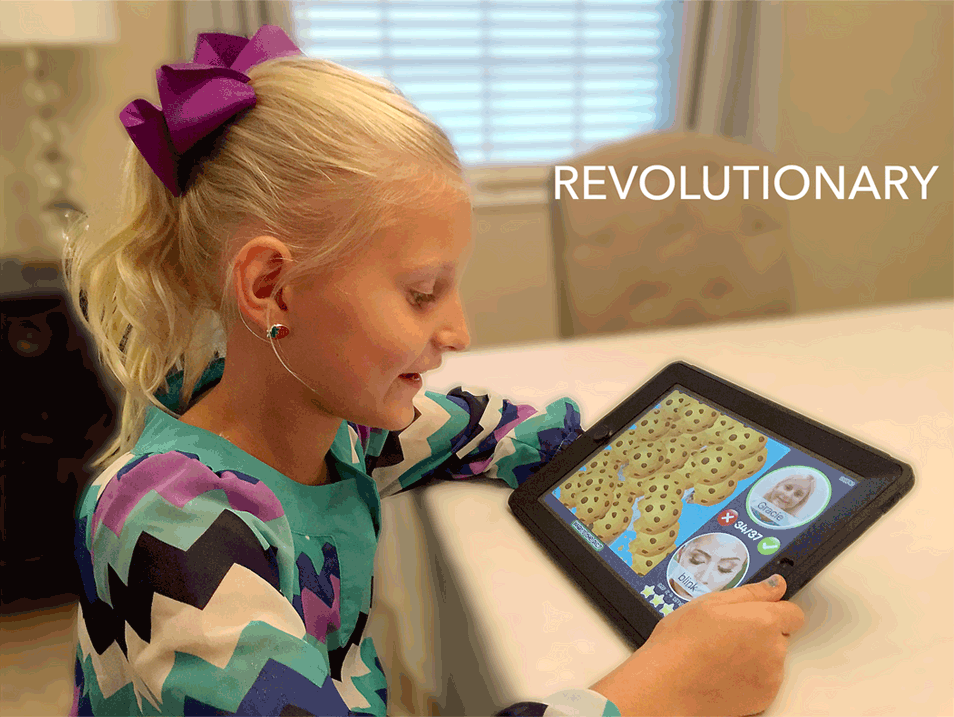Addressing Stuttering Behaviors Is Key in Speech Therapy
Stuttering behaviors are common in later stages of stuttering.
They are different for everyone.
They make stuttering more distracting for the listener and more embarrassing for the person who stutters.
SEE ALSO: Crush Therapy Goals with the All in One Printable Flashcards
Concomitant Behaviors
Physical behaviors that accompany stuttering moments.
There are 5 types...
- Posturing - Moving hands, stomping foot, trunk jerk, head turn
- Respiratory - Fast or shallow breathing, breathing too often
- Facial - Grimaces, loss of eye contact, closing/blinking eyes
- Vocal - Pitch goes up, voice quality changes, talk louder or faster
- Syntactic & Semantic: Gestures, word/sound changes, use more interjections like um, uh, er
Any Concomitant Behavior above could be used to try to “get out” of a stutter.
For some people, a whole series of actions is needed before they can stop stuttering.
Escape Behaviors
Behaviors done to get out of a stutter.
SEE ALSO: The Best Free App for Speech Therapy
Avoidance Behaviors
Behaviors done to try to prevent stuttering when it is expected.
There are 5 types...
- Starters: A word or phrase used to get a running start on an anticipated disfluency/stutter
Example: "Let me see…," "You know…," - Substitutions: Substituting one word or phrase for another when stuttering is expected
- Circumlocutions: Talking all around a word or phrase when stuttering is expected
- Postponements: Waiting for a few beats or putting in filler words before starting a word on which stuttering is expected
- Anti-Expectancy Devices: Using an odd manner or funny voice to avoid stuttering when it is anticipated
You might also like:
Special Deals and Activities, Oh My!
Sign up for Terrific Therapy Emails
Your information is 100% private & never shared.
Homepage
>
Stuttering
>
Stuttering Behaviors





























